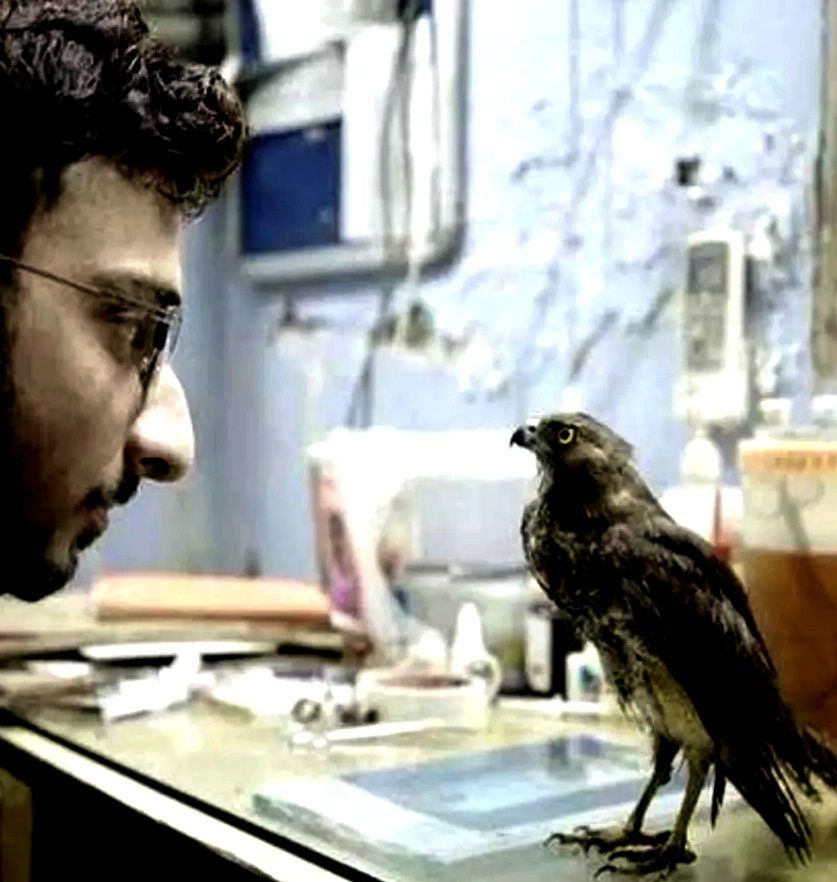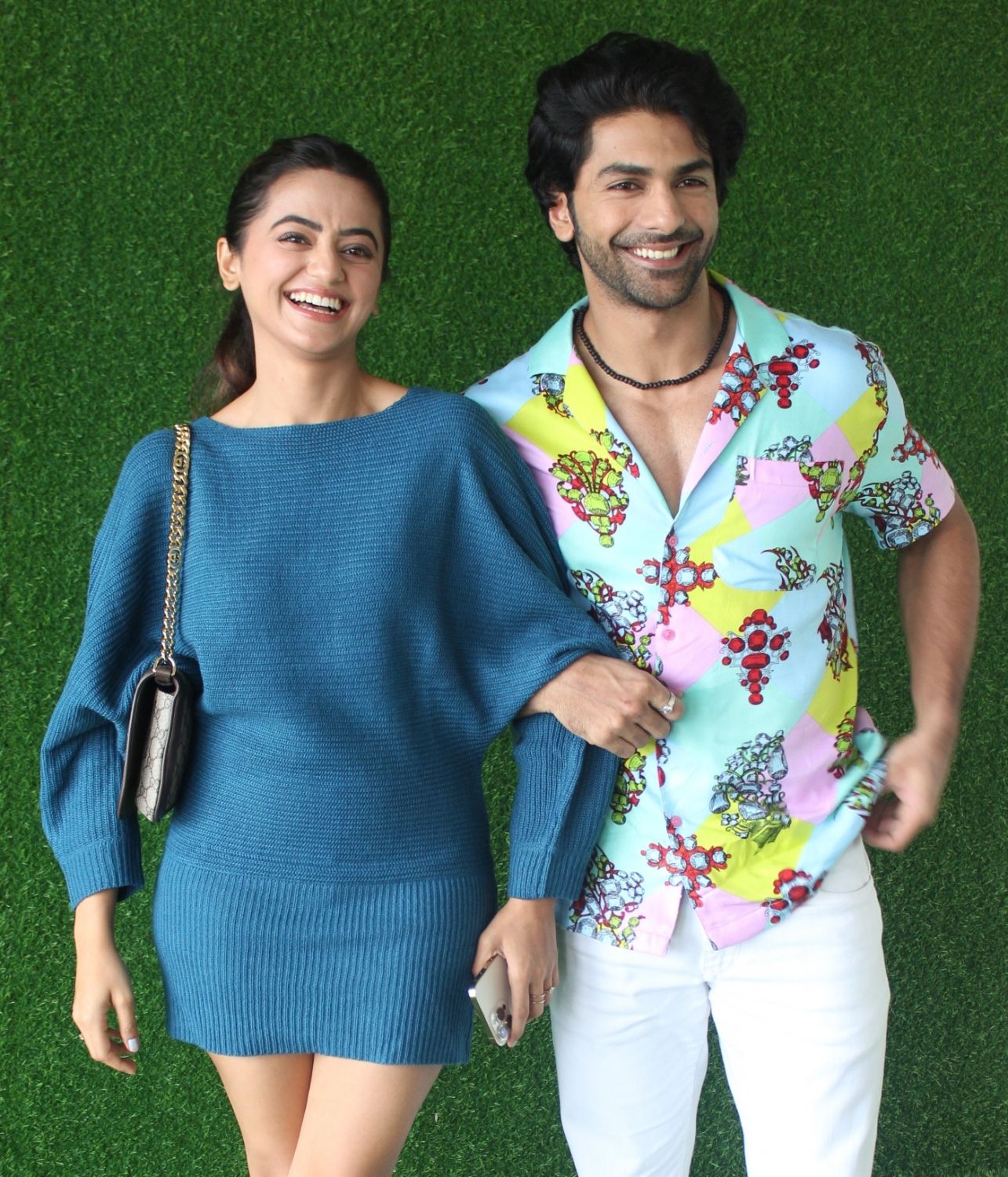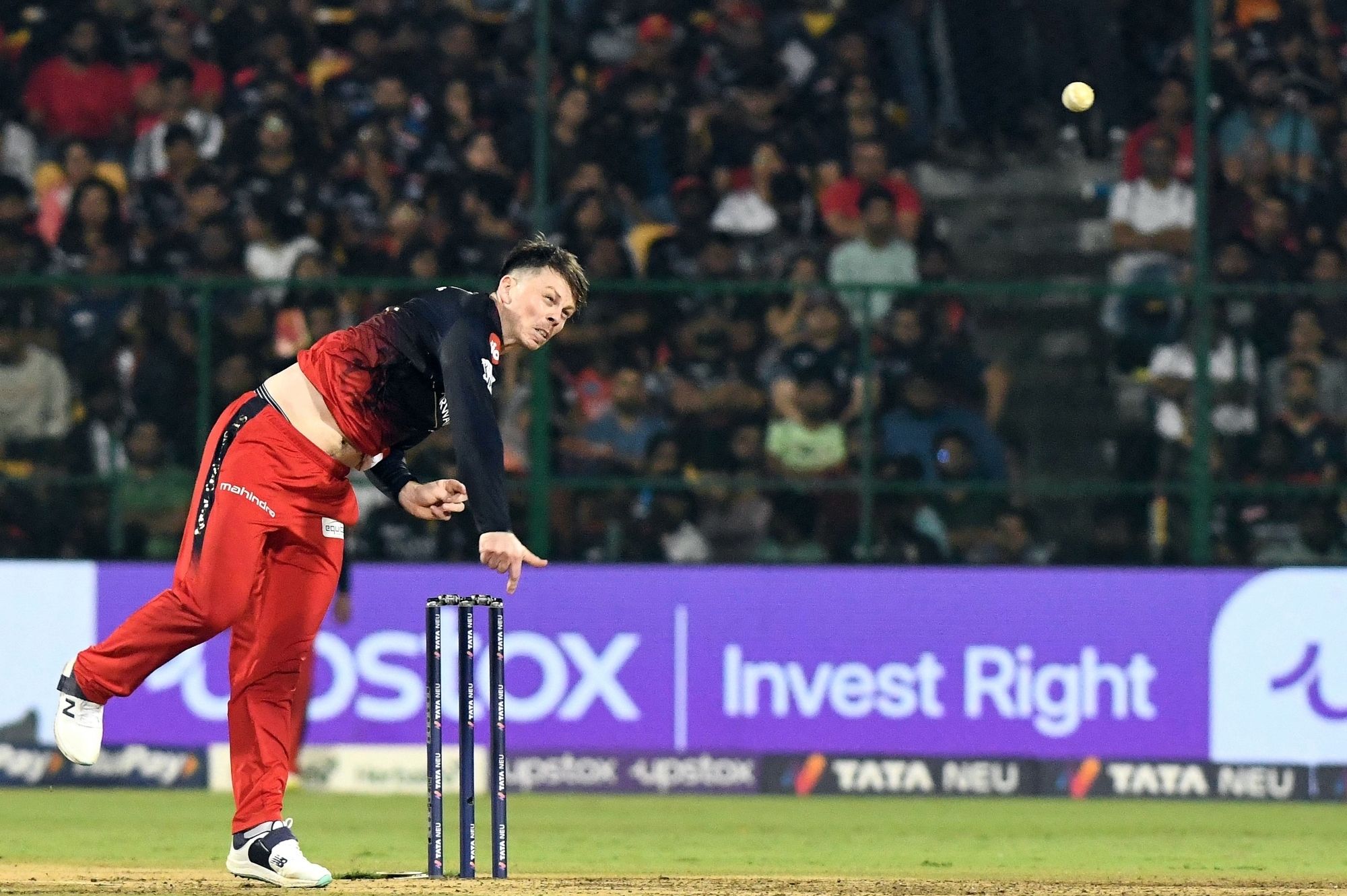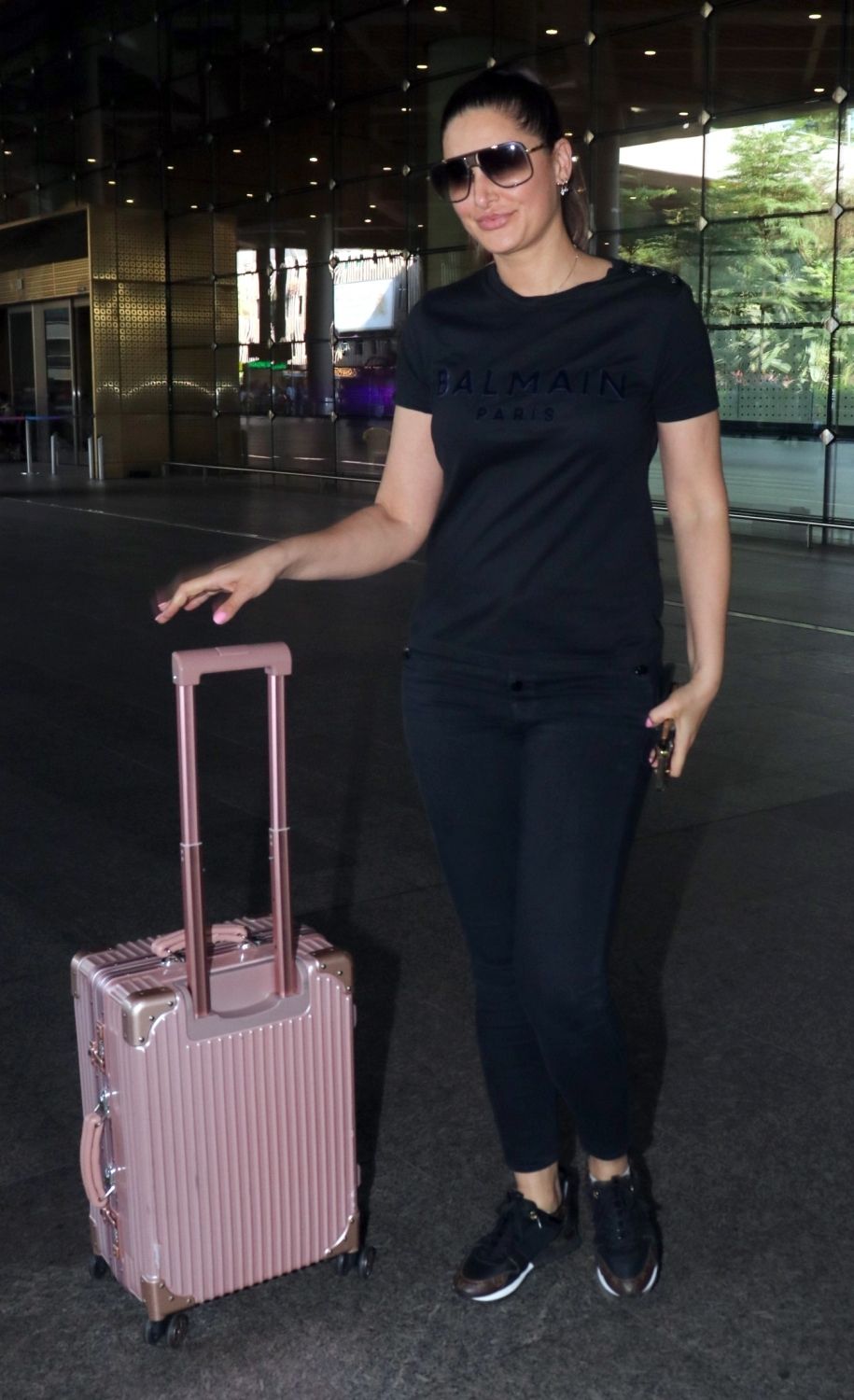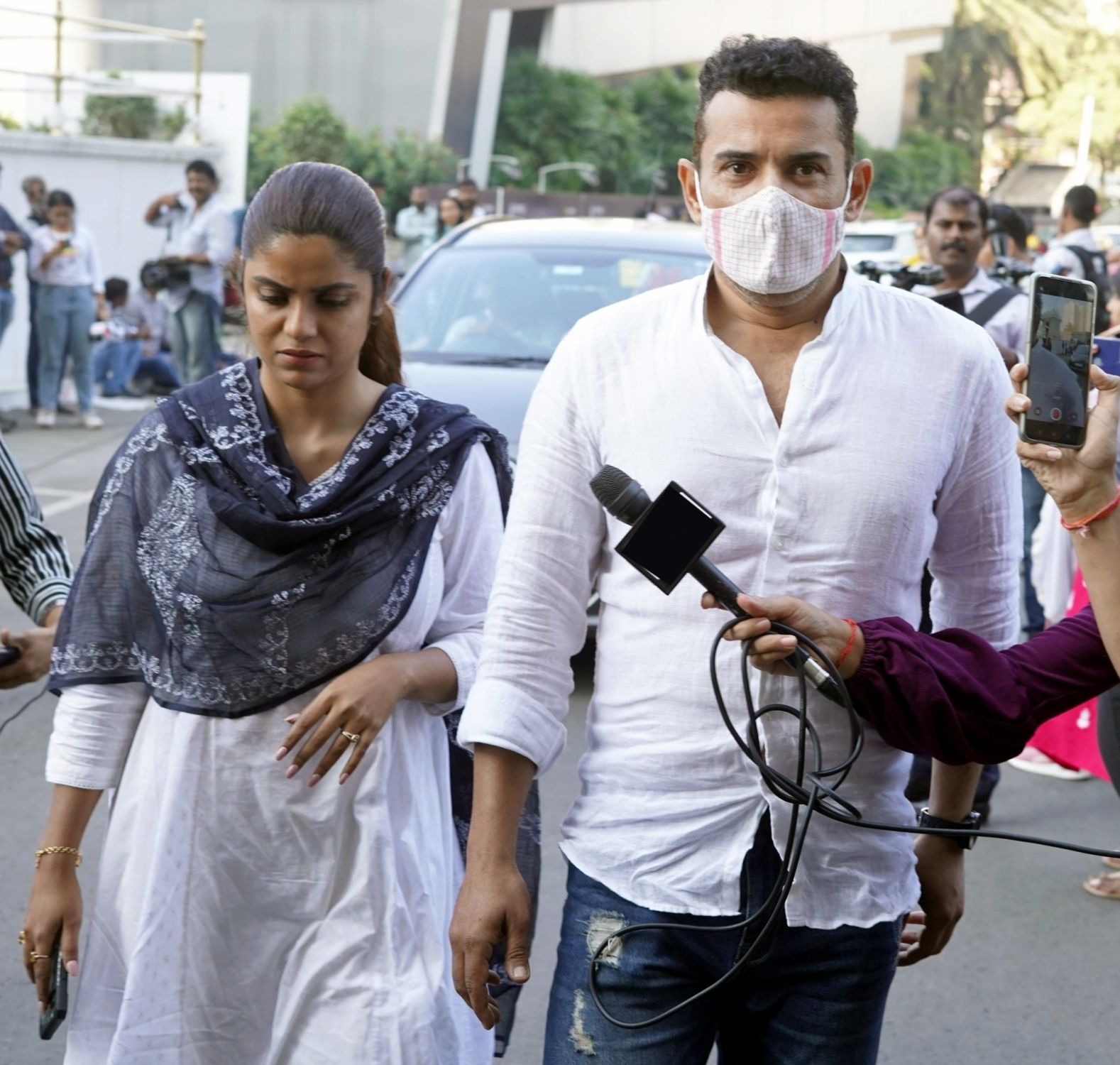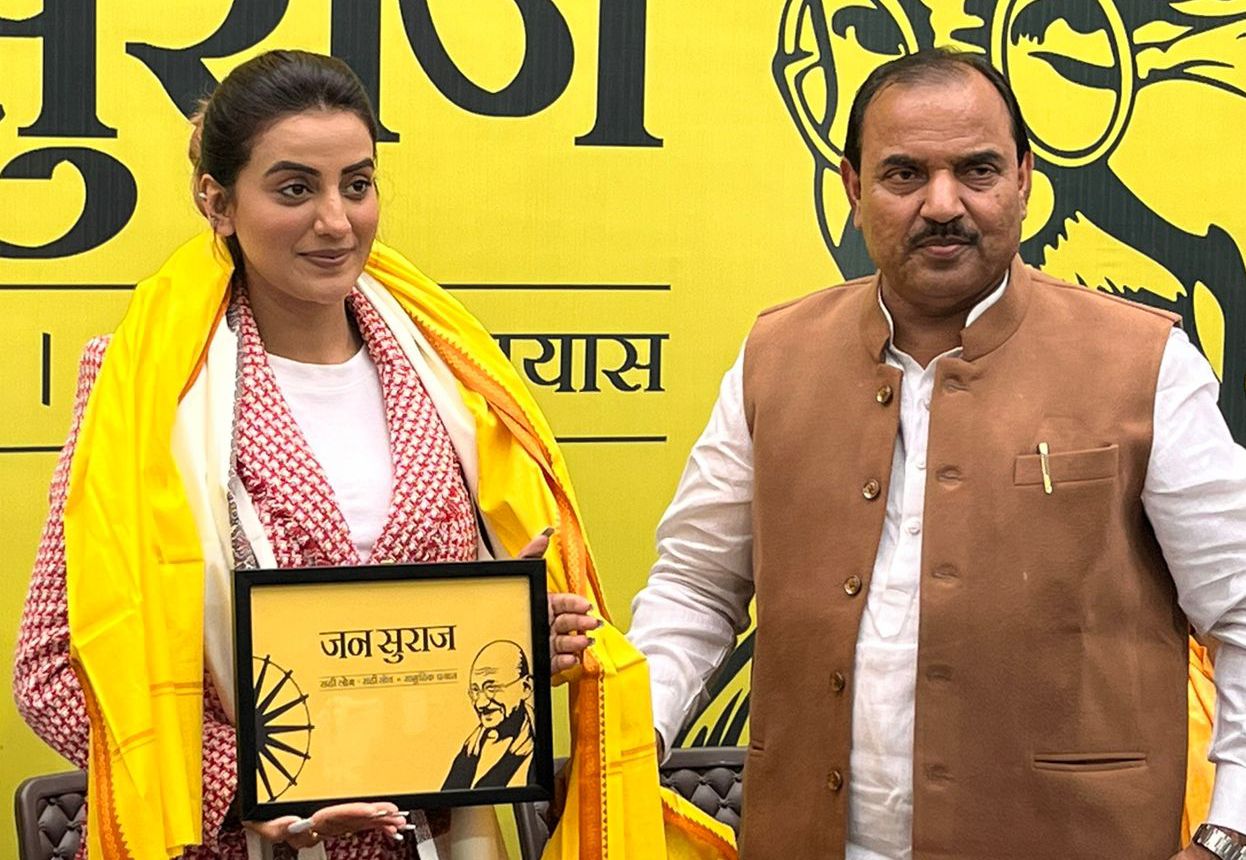|
New Delhi, March 12 (IANS) The documentary 'All That Breathes' by filmmaker Shaunak Sen has made waves globally, garnering critical acclaim and multiple awards, including ones at Cannes and Sundance, as well as an Oscar nomination for Best Documentary Feature Film.
The film explores the rapidly evolving ecology of Delhi through a story that intertwines the fates of black kites and two brothers who set out to save them from death.
Shaunak uses the bird's story to shed light on the relationship between the people of Delhi and their environment. 'All That Breathes' provides an insightful look into the complex relationship between nature and humanity.
Producer Aman Mann spoke to IANS about the movie and why black kites and two brothers, Mohammad Saud and Nadeem Shehzad, became the subject of their project.
Here is the story of the documentary as narrated by Aman:
Nadeem and Mohammad were teenagers in the 1990s when they came across these birds and how they got injured or fell sick in the environment of their hometown, Delhi.
Till date, with their dedication and unconditional love for these birds, they have treated almost 25,000 birds in the past 20 years. With all their efforts they have been working for the welfare and protection of these birds through their NGO, Wildlife Rescue.
We focused on the black kite because they have a very specific relationship with Delhi. The sheer density of these birds and the adaptations that they have made in order to thrive in the city? so through them, we were able to tell the story of Delhi's rapidly evolving ecology.
Apart from that, there was also a link between the people of Delhi and their relationship with the black kite. At various points there would be bird-feeding rituals and things like that which are going on. So, through the figures of the black kite, we were able to engage with a lot of aspects specific to Delhi.
Our aim was never to tell the story about an endangered species or to tell a simple story about just animals in parallel.
That is why we never really focused on the level of danger that the black kites faced, for though the birds are prolific breeders and have a successful urban career, their sheer numbers also mean that the number of injuries and deaths that occur is enormous.
Shaunak was on a fellowship in the UK in 2018, when he became very interested in the topic of human-bird relationships, particularly in spaces like the city.
On his return to Delhi, one day, he was stuck in traffic, and was looking at the sky, when he saw birds circling and wanting to almost fall out of the sky. And just that image got him to do research about birds in Delhi.
He met the two brothers, Mohammad Saud and Nadeem Shehzad, who since childhood have made the mission of their life to save these birds and provide them care when they are injured.
But it took some time for these brothers to become part of our project and initially it was very superficial. Shaunak wanted to give a philosophical dimension to the entire subject and it was not happening in the beginning.
Initially, I think, they just thought we would be there for a few days, do something like a news story, just very broadly touching on their work and then go away. But then as the months passed, they realised we were going to make a different kind of film. And bit by bit, as the relationship between us grew, they became more comfortable just being themselves.
For the first few months, we used to joke that they would almost speak in politically correct terms, almost like politicians, and they would never really argue with each other. Shaunak is fond of saying that it's only when a character first yawns on camera that you can actually start getting usable materials, and after a few months, it all happened.
We visited their clinic. And we walked into the basement where they had these big metal cutting machines as their day job is manufacturing soap dispensers, and then in a small room off to the side, you would have these incredible magisterial birds being treated.
And that basement, just in terms of there being a few inches of water on the floor and these decaying walls, it was just such an incredibly cinematic space that it felt like a really exciting space to shoot.
Then we went up to the roof where they had the cage where the birds were being taken care of. And walking into that cage was just such an experience because you walk in and there's this massive flapping of wings, as 70-80 raptors just fly around you for a few seconds before they calm down. So, the space was credibly cinematic.
Though the brothers themselves never spoke about their work in sentimental terms, we realised that there had to be some great depth of feeling driving their work, because they work for 14-16 hours a day, taking care of these birds without any payment or without any recognition.
And so that was something that we were also just really keen to understand and show to the world. Just the singular nature of their work.
In the first year, we were shooting using handheld cameras. That just lent a particular kind of energy and anxiety to the image, but Shaunak was not satisfied with that visual language.
The specific nature of the brothers' existence meant that we could experiment with different kinds of camera movements, and just focus on revealing the space in a different way.
So, we looked at the other documentaries that we admired, particularly by this master Russian filmmaker, Victor Kossakovsky.
And we spoke to a German director of photography, Ben Bernhard, who would work with him and he came to India. He brought this whole style of slow bands. But Ben had to return after one schedule because of Covid, so our second DOP, Riju Das, took over and he adopted the same style. We were, as a result, even shooting sequences of the characters using the same kind of slow language -- the language of revelation.
--IANS
ila/arm
Copyright and Disclaimer: All news and images appearing in our news section, search engines and social media are provided by IANS. If you face any issues related to the content/images, please contact our news service provider directly. We are not liable/responsible for any content/images related to the news service provider.
More Celebrity Images
|



